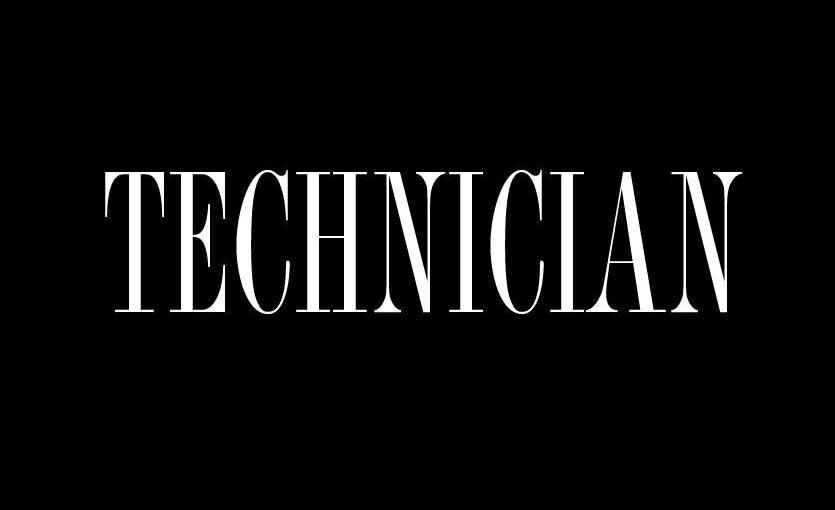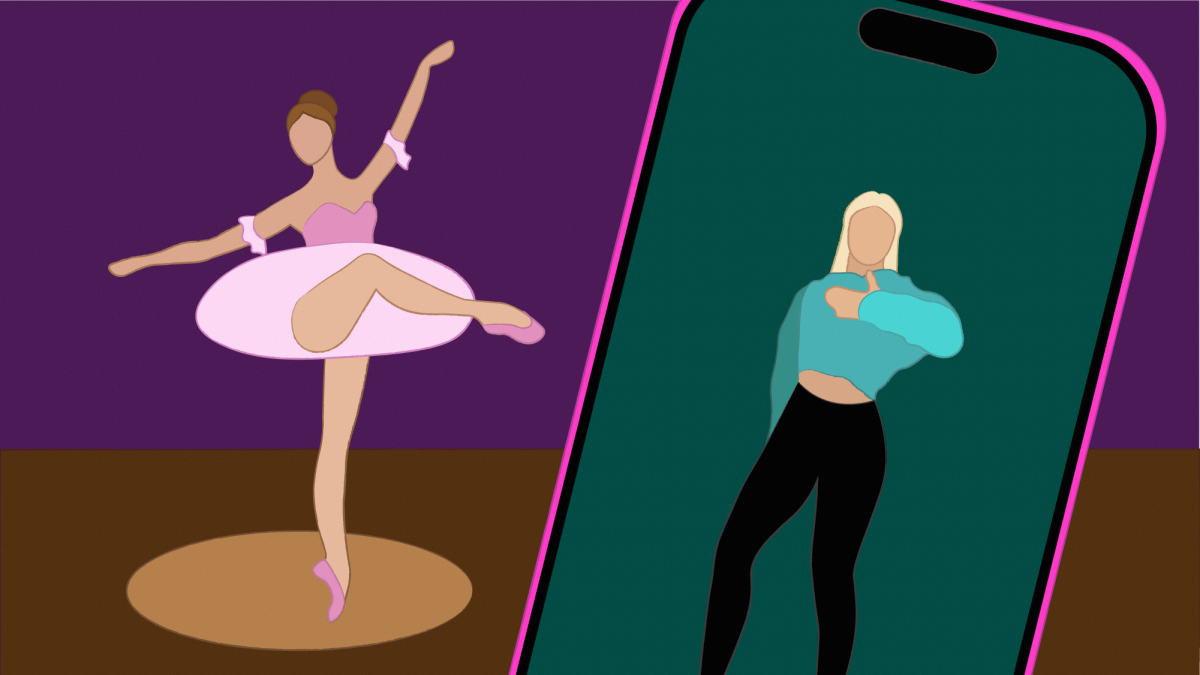Over the past 20 years, technology has become one of the most influential forces shaping how we learn, perform and experience dance. Like all art forms, dance continues to change and blend as people explore new ways to express themselves. Social media platforms such as TikTok have propelled this evolution.
Short-form video content has become the dominant form of social media scrolling, prompting dancers to adapt their style and choreography to match our dwindling attention spans and the confined space of a vertical screen.
Beth Fath, a teaching professor in the Department of Performing Arts and Technology, said she has observed these changes firsthand in her students.
“Many of [my students] prefer more concise, short and easily accessible things to watch,” Fath said. “Whereas if you would go to a performative dance concert, you would be there for a couple hours. It’s a whole evening thing.”
The appetite for short-form video content has reshaped how we perceive different dance genres. On social media, non-commercial forms such as ballet, which are traditionally presented as part of extended performances, have become far less popular than commercial styles which can be more easily adapted into short, snappy videos.
“In class, more students have started to say, ‘I don’t really like ballet. It’s pretty, but it’s boring,’” Fath said. “Which is fine, but I wouldn’t have heard that 10 years ago.”
Platforms such as TikTok also require choreography that fits the spatial constraints of filming vertically on a phone.
“I’m not on TikTok, but I have seen TikTok dances from my students,” Fath said. “It’s interesting because the shape of the frame has people dancing in very specific ways to fit in that space, so it changes the dance.”
On the bright side, Fath discussed how TikTok’s massive reach and constant promotion of new content have drawn in audiences who may not have otherwise engaged with dance. Its unique algorithm allows even small artists to reach large audiences, broadening dance appreciation and participation.
“I’m glad it’s made dance more accessible and enabled more people to participate, that’s the good thing about social media,” Fath said.
However, much like the often misunderstood distinction between World Wrestling Entertainment and “real” wrestling, learning about dance solely through popular media can lead to misunderstandings about the rigor, breadth and cultural significance of various dance forms.
Even student organizations are feeling the impact of a media-driven dance world. Kayla Knight, co-president of Dancing with Wolves Ballroom Dance Club, highlighted the misconceptions she frequently encounters among new members.
“A lot of people go into their first lesson thinking, ‘This is something fun that I can pick up super easily’ because they watch ‘Dancing With the Stars’ where people who have zero experience are taught ballroom dancing,” Knight said.
But just as social media has expanded the reach of other dance genres, it’s boosted ballroom as well.
“‘Dancing with the Stars’ gained a lot more traction on TikTok last year because of Ezra, one of the younger professionals,” Knight said. “Before he joined, the show’s audience was mostly women in their 30s and 40s. With him, more college students started paying attention, and I think we’ll see even more interest this season.”
From the ballroom to the “For You” page, media continues to reshape how audiences interact with dance and how dancers approach choreography. Whether it inspires a revamp of traditional styles or draws a new wave of students to the ballroom, one thing is clear: dance is evolving just as quickly as the platforms that showcase it.




